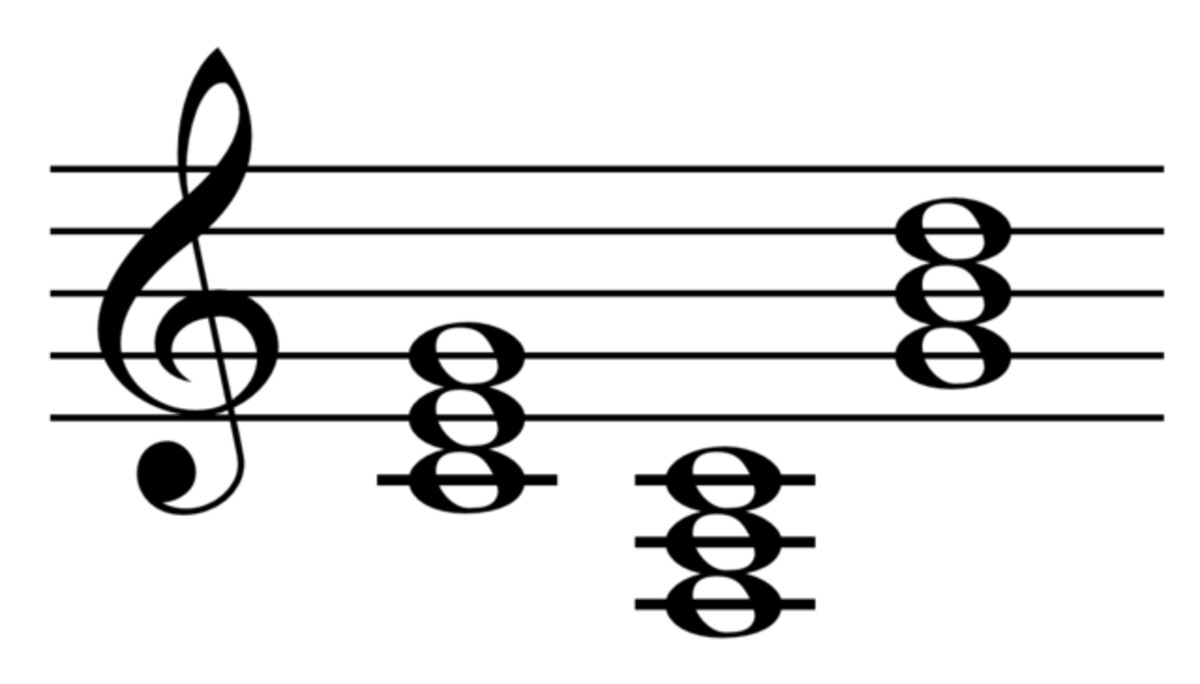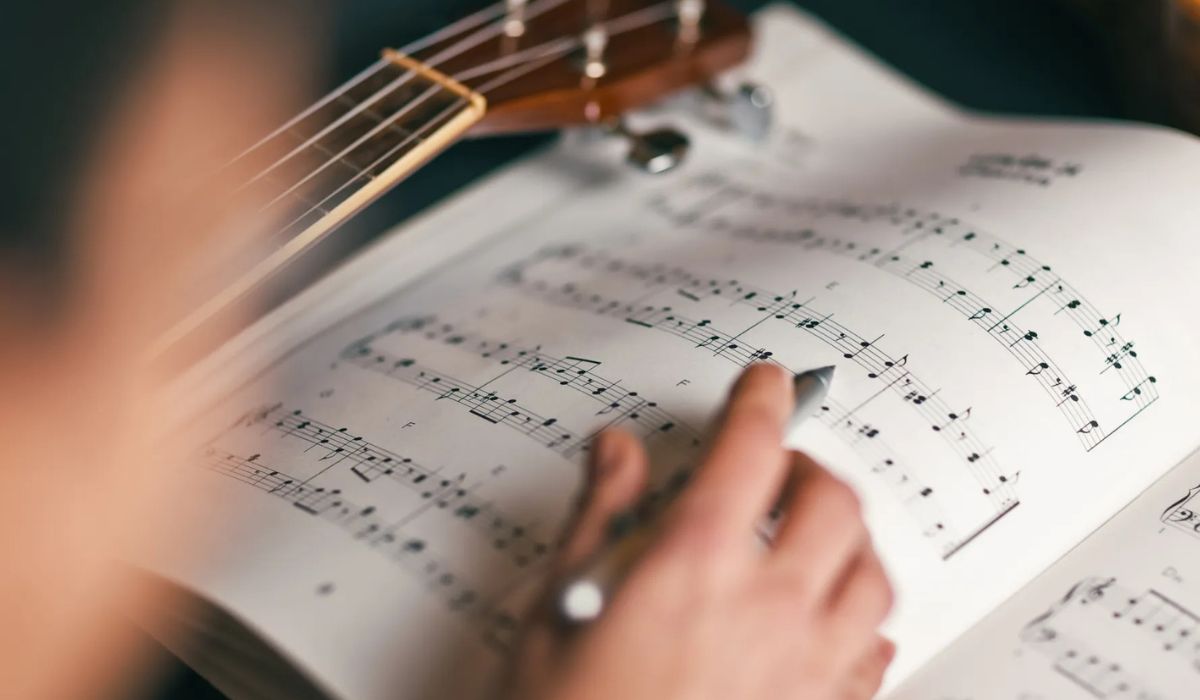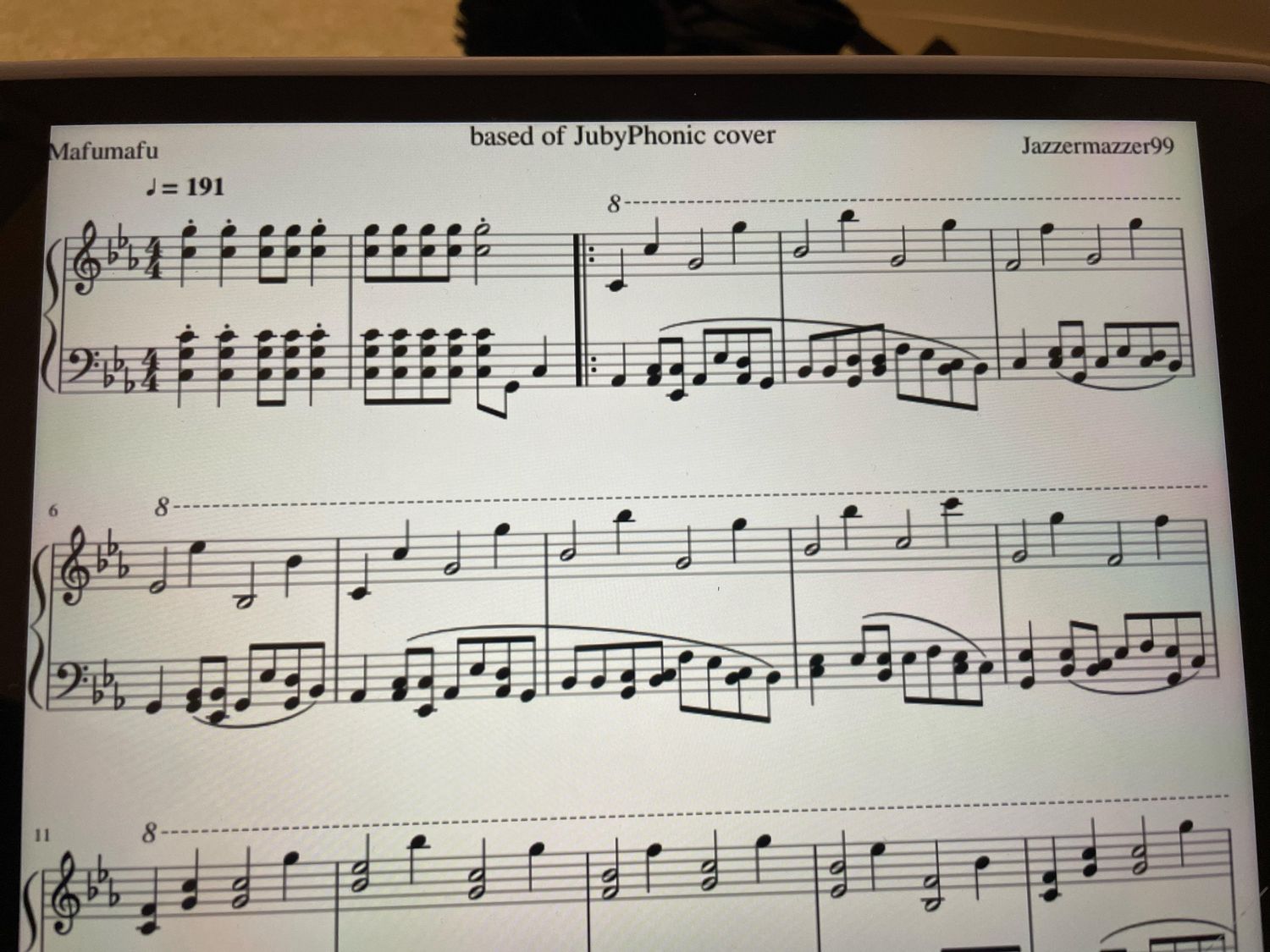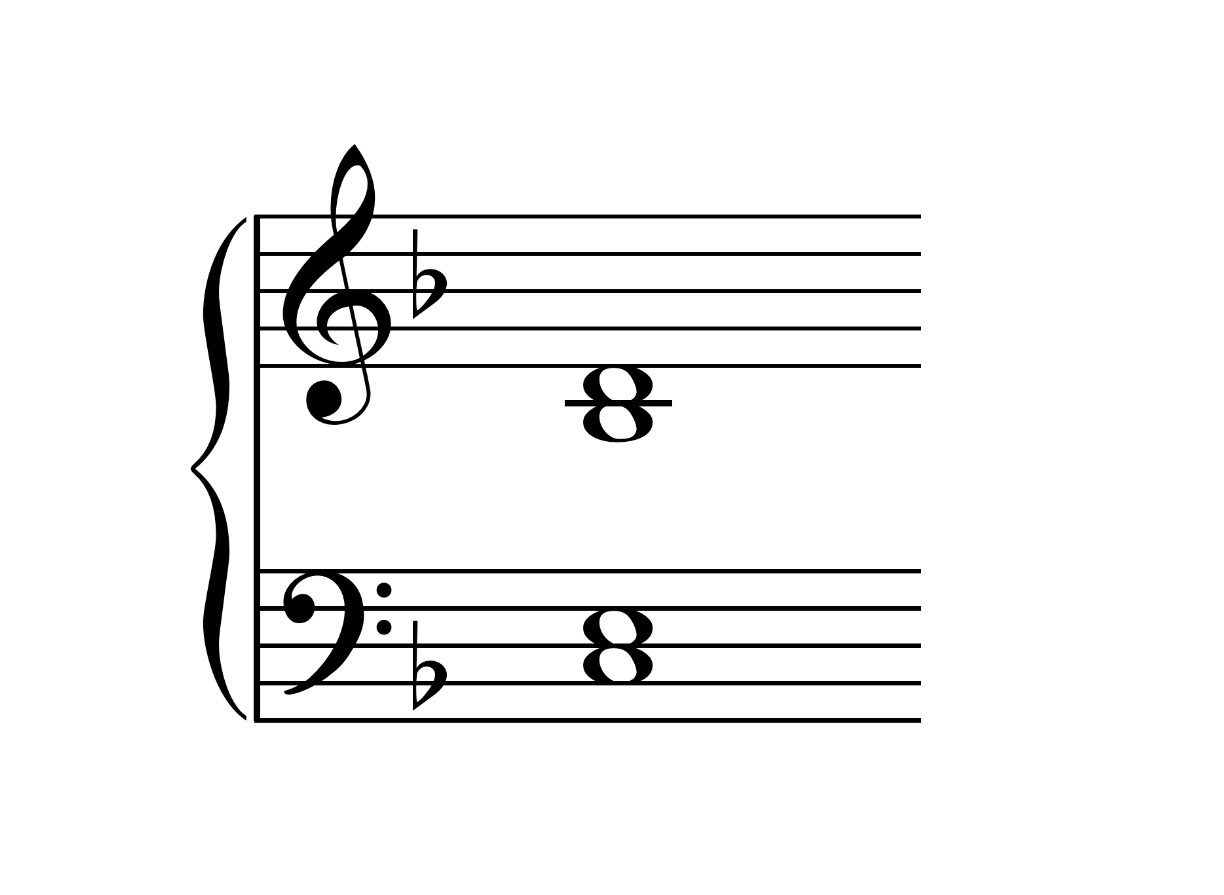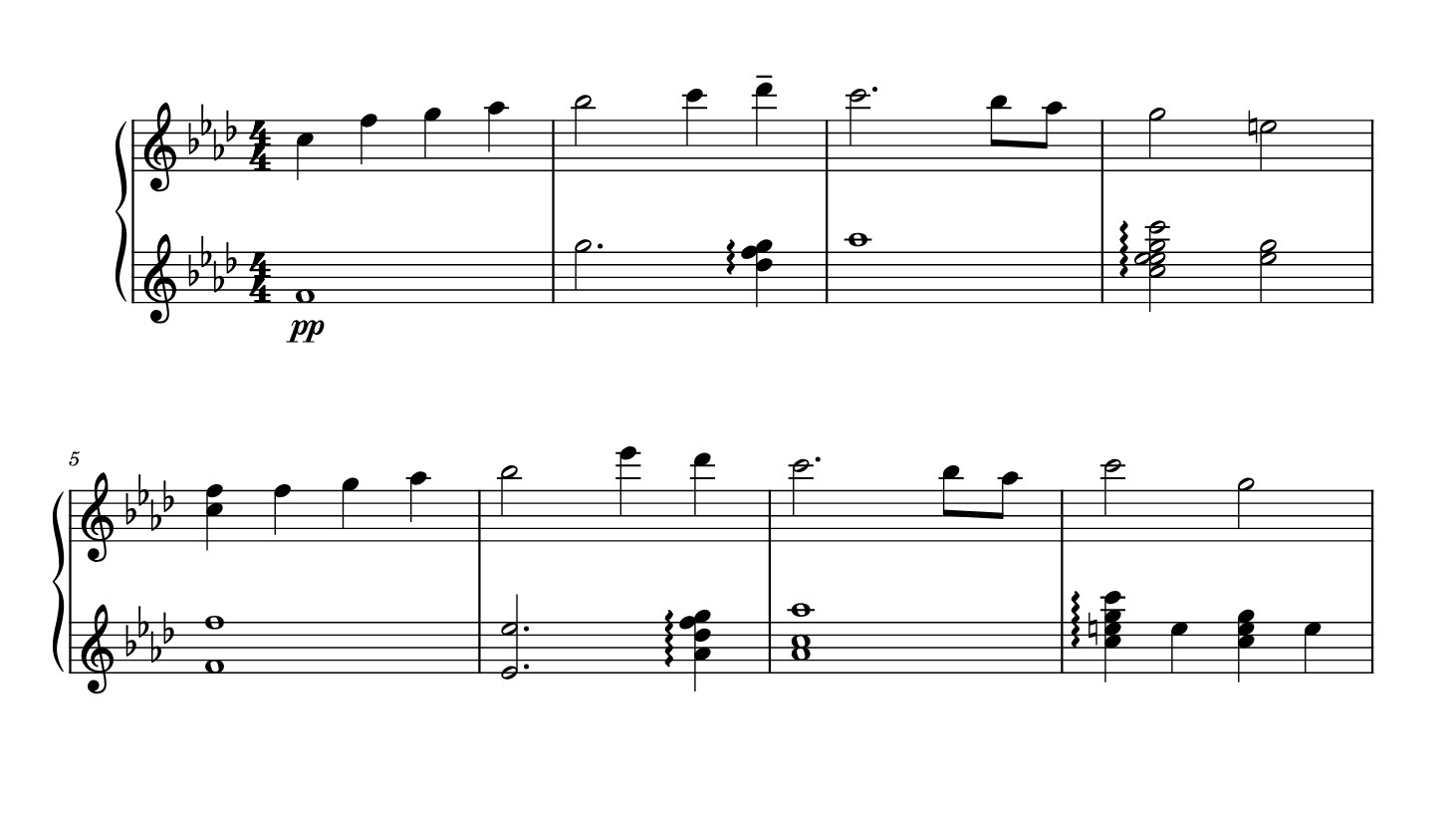Home>Production & Technology>Music Theory>What Is Counterpoint Music Theory
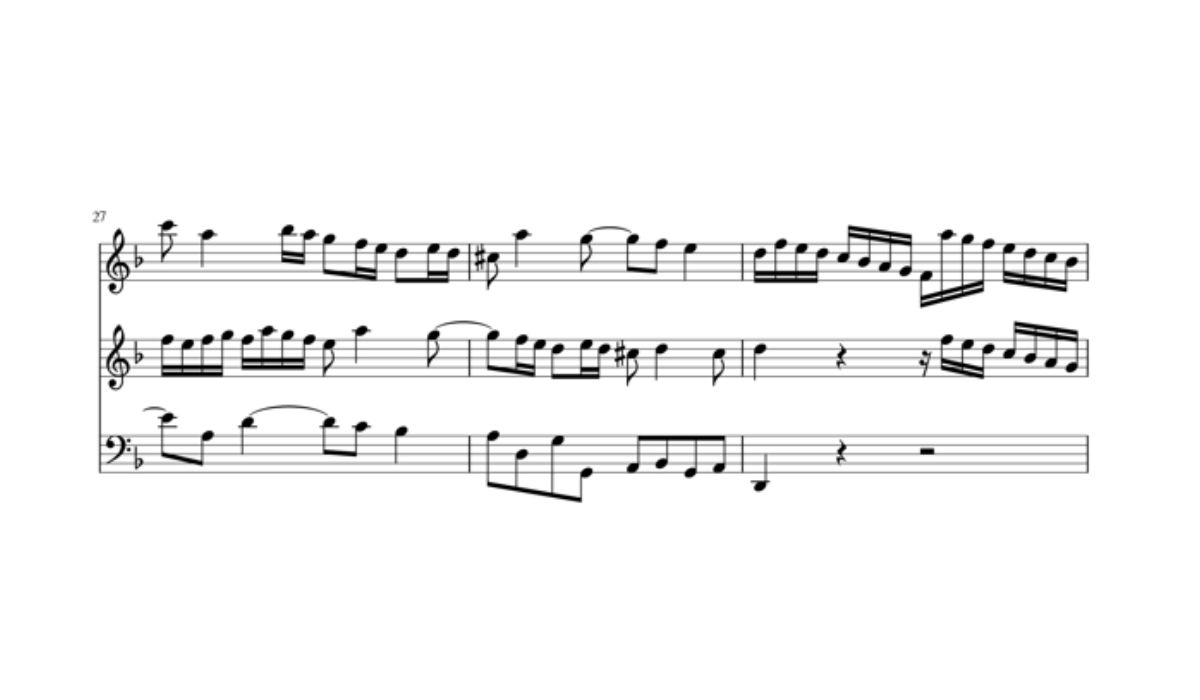

Music Theory
What Is Counterpoint Music Theory
Published: January 30, 2024
Discover the essence of counterpoint in music theory and its role in harmonizing melodies. Gain insights and practical tips to enhance your understanding of the intricacies of music composition.
(Many of the links in this article redirect to a specific reviewed product. Your purchase of these products through affiliate links helps to generate commission for AudioLover.com, at no extra cost. Learn more)
Table of Contents
Introduction
Music theory is the backbone of creating and understanding music. It provides a framework for composers, musicians, and music lovers to delve deeper into the intricacies of melodies, harmonies, rhythms, and structures. Within the vast field of music theory, one of the essential concepts is counterpoint.
Counterpoint is a method of composing music that emphasizes the interaction between multiple melodic lines. It is a complex and fascinating discipline that has been integral to Western classical music for centuries. By following specific rules and principles, composers can create harmonically rich and melodically interesting compositions.
This article will delve into the world of counterpoint music theory, exploring its fundamentals, rules, techniques, notable composers, and applications. Whether you are a musician looking to expand your compositional skills or simply a curious music enthusiast, this exploration into the realm of counterpoint will provide you with valuable insights and a newfound appreciation for the art of musical composition.
The Basics of Counterpoint
Counterpoint is the art of combining two or more melodic lines, also known as voices or parts, to create a harmonically and melodically balanced composition. In counterpoint, each voice is treated as an independent entity, yet they must interact harmoniously with one another.
Before diving deeper into the rules and principles of counterpoint, it is essential to understand some key terms:
- Cantus Firmus: The fixed melody that serves as the foundation for the composition.
- Counterpoint: The additional melodic lines that are created to accompany the cantus firmus.
- Consonance: Harmonic intervals that sound stable and pleasing to the ear, such as perfect fifths and octaves.
- Dissonance: Harmonic intervals that create tension and require resolution, such as major and minor seconds.
In counterpoint, the voices should move independently yet melodically, creating a sense of cohesion and balance. This is achieved by following strict rules and principles, which govern the relationship between the voices.
One of the fundamental principles of counterpoint is voice leading. Voice leading refers to the smooth and logical progression of each voice from one note to another. It involves considering the intervals, intervals, and harmonic progressions between the voices to ensure a pleasing and natural flow of the music.
Another crucial aspect of counterpoint is the treatment of consonance and dissonance. While dissonance adds tension and interest to the music, it must be resolved and balanced by moments of consonance. The careful handling of dissonance and consonance is what creates the emotional and expressive qualities of counterpoint compositions.
Understanding the basics of counterpoint provides a strong foundation for more complex compositions. By mastering the rules and principles of voice leading, consonance and dissonance, and melodic independence, composers can create intricate and compelling musical pieces.
Rules and Principles of Counterpoint
Counterpoint has a set of rules and principles that guide composers in creating harmonically rich and melodically engaging compositions. These rules ensure that the voices interact harmoniously while maintaining their independence. While the rules may vary depending on the era and style of composition, here are some fundamental principles of counterpoint:
- Contrary Motion: In counterpoint, it is important to have variety and independence among the voices. One way to achieve this is through contrary motion, where the voices move in opposite directions. This creates a sense of balance and avoids monotony.
- Oblique Motion: Oblique motion occurs when one voice remains on a single pitch while the other voice moves. It adds interest and texture to the composition and can create moments of tension and resolution.
- Consonant Intervals: Using consonant intervals, such as perfect fifths, perfect octaves, and major and minor thirds, is essential in counterpoint. These intervals provide stability and resolve smoothly.
- Dissonance and Resolution: Dissonant intervals, such as major and minor seconds, require resolution to create a sense of tension and release. Dissonance should be used judiciously and resolved properly to maintain harmonic balance.
- No Parallel Fifths or Octaves: Parallel fifths and octaves occur when two voices move in the same interval simultaneously. This can create a lack of independence between the voices and is generally avoided in counterpoint.
- Voice Leading: Voice leading is the art of creating smooth and logical melodic progressions between the voices. It involves considering the melodic intervals, harmonic progressions, and avoiding awkward leaps or disjunct motion.
These rules and principles of counterpoint provide a framework for composers to create compositions that are harmonically rich, melodically interesting, and structurally balanced. However, it is important to note that these guidelines are not meant to stifle creativity. In fact, many great composers have pushed the boundaries of counterpoint, bending or breaking the rules to create innovative and unique musical expressions.
Types of Counterpoint
Counterpoint encompasses various styles and approaches, each with its own unique characteristics and rules. While the principles of voice leading and harmonic balance remain constant, different types of counterpoint offer composers opportunities for creativity and expression. Here are some of the most prominent types of counterpoint:
- Strict or Species Counterpoint: Strict counterpoint, also known as species counterpoint, follows a defined set of rules regarding the progression of melodic lines. It is divided into five species, each focusing on a specific rhythmic and melodic pattern. Composers begin with the first species, where the added voice moves in whole notes against a cantus firmus, and progress to more complex species with faster rhythms and varied melodic patterns.
- Free Counterpoint: Free counterpoint allows for more flexibility and creativity compared to strict counterpoint. It still adheres to the principles of counterpoint but provides composers with the freedom to explore different rhythmic patterns, melodic variations, and harmonic progressions.
- Florid Counterpoint: Florid counterpoint, also known as florid style, is characterized by ornamental and elaborate melodic lines. It is often used in Baroque music, where composers added intricate embellishments, trills, and runs to create virtuosic performances.
- Double Counterpoint: Double counterpoint involves creating two independent melodic lines that can be interchanged, with one serving as the upper voice and the other as the lower voice. This allows for the rearrangement of the voices, adding versatility and interest to the composition.
- Invertible Counterpoint: Invertible counterpoint is a technique where one melodic line can be inverted, or turned upside down, while maintaining consonant and pleasing harmonies. It adds complexity and richness to the composition and provides composers with additional options for melodic development.
These are just a few examples of the different types of counterpoint found throughout the history of music. Each type offers composers a unique set of rules and creative possibilities, allowing them to explore different textures, harmonies, and expressive qualities in their compositions.
Common Techniques in Counterpoint
Counterpoint is a versatile and rich musical form that employs various techniques to create intricate and harmonically pleasing compositions. These techniques enhance the melodic and harmonic interplay between multiple voices. Here are some common techniques used in counterpoint:
- Imitation: Imitation is a technique where a musical idea, often a melodic motif or phrase, is introduced in one voice and then repeated in another. This creates a sense of unity and coherence throughout the composition.
- Canon: A canon is a form of imitative counterpoint where the voices enter at different times, each repeating the same melodic material. The result is a layered and overlapping effect that adds complexity and depth to the composition.
- Sequence: Sequence is a technique where a melodic phrase is transposed and repeated at different pitch levels. This creates a sense of forward motion and development within the composition.
- Inversion: Inversion involves flipping a melodic motif or phrase upside down, so that the ascending intervals become descending intervals and vice versa. This technique adds variety and interest to the composition while maintaining harmonic consistency.
- Augmentation and Diminution: Augmentation is a technique where the duration of the melodic notes is lengthened, while diminution involves shortening the duration. These techniques can create different rhythmic textures and variations within the composition.
- Contrary Motion: Contrary motion occurs when the voices move in opposite directions, either melodically or harmonically. It adds contrast and interest to the composition, creating a sense of independence and individuality among the voices.
- Suspension: A suspension is a technique where a dissonant note from the previous harmony is held over into the next harmony and then resolved to a consonant note. This technique creates tension and release, adding emotional depth to the composition.
These techniques, among others, provide composers with a wide range of tools to create complex and engaging counterpoint compositions. By combining these techniques with a deep understanding of voice leading, consonance, and dissonance, composers can craft harmonically rich and melodically captivating music.
Notable Composers in Counterpoint Music Theory
Throughout the history of music, several composers have made significant contributions to the development and understanding of counterpoint. These composers have showcased mastery in creating intricate and harmonically rich compositions that demonstrate the principles and techniques of counterpoint. Here are some notable composers in the world of counterpoint music theory:
- Johann Sebastian Bach: Bach is widely regarded as one of the greatest composers in the realm of counterpoint. His compositions, such as The Well-Tempered Clavier and The Art of Fugue, showcase his exceptional command of voice leading and intricate melodic interactions.
- Polyphonic School of Franco-Flemish Composers: This group of composers, including Josquin des Prez, Giovanni Palestrina, Thomas Tallis, and William Byrd, were pivotal in advancing counterpoint during the Renaissance period. Their works exhibit intricate vocal polyphony and careful attention to voice leading.
- Wolfgang Amadeus Mozart: Mozart, known for his extraordinary musical talent and compositions in various genres, also demonstrated a profound understanding of counterpoint. His works, such as the Jupiter Symphony and Requiem, showcase his ability to seamlessly blend multiple melodic lines.
- Ludwig van Beethoven: Beethoven’s compositions marked a transition from the classical period to the romantic period of music. His mastery of counterpoint is evident in works such as his Grosse Fuge, which is a testament to his innovative and exploratory approach to musical composition.
- Johannes Brahms: Brahms, a master of harmonic and contrapuntal complexities, is renowned for his expansive symphonies, chamber music, and choral compositions. His attention to detail and incorporation of counterpoint principles make his works a testament to the beauty and complexity of contrapuntal music.
These are just a few examples of the countless composers who have made significant contributions to counterpoint music theory. Each composer brings their unique style, interpretation, and artistic vision to the world of counterpoint, enriching the musical landscape and inspiring generations of musicians and composers.
Applications of Counterpoint in Music
Counterpoint, with its emphasis on harmonically rich and melodically intricate compositions, finds its application in various genres and styles of music. Its principles and techniques are not limited to the realm of classical music but can be found in contemporary, popular, and world music as well. Here are some notable applications of counterpoint in music:
- Classical Music: Counterpoint has been a fundamental element of classical music throughout history. Composers such as Bach, Mozart, and Beethoven utilized counterpoint to create complex and emotionally charged compositions, including symphonies, sonatas, and concertos.
- Choral Music: Counterpoint plays a significant role in choral music, where multiple voices combine to create harmonically rich textures. From Renaissance choral works to contemporary a cappella compositions, counterpoint enhances the depth and complexity of vocal arrangements.
- Jazz and Blues: While often associated with improvisation, jazz and blues also incorporate elements of counterpoint. Musicians in these genres use melodic lines and harmonic interactions to create intricate improvisations, showcasing their skill and artistic expression.
- Film Scores: Counterpoint is frequently utilized in film scores to heighten the emotional impact of scenes. Composers employ contrapuntal techniques to underscore dramatic moments, create tension, and evoke powerful emotions in the audience.
- Pop and Rock Music: Although known for its focus on catchy melodies and simple harmony, pop and rock music occasionally incorporate counterpoint to add complexity and depth. Bands like The Beatles and Queen utilized counterpoint to create memorable and musically sophisticated compositions.
- World Music: Counterpoint is present in various cultural music traditions around the world. From Indian classical music with its intricate melodic interplay to African polyrhythms and Latin American music with layered melodies, counterpoint enriches these diverse musical genres.
These are just a few examples of how counterpoint is applied in music across different genres and styles. The versatility and expressive power of counterpoint make it a valuable tool for composers, musicians, and music producers in creating captivating and memorable musical compositions.
Conclusion
Counterpoint, with its emphasis on harmonically rich and melodically intricate compositions, is an essential component of music theory. Throughout history, composers have utilized its rules, techniques, and principles to create captivating and emotionally engaging music. From classical symphonies to contemporary film scores, the applications of counterpoint are diverse and far-reaching.
Understanding the basics of counterpoint, including voice leading, consonance and dissonance, and the principles of melodic independence, provides a strong foundation for composing harmonically and melodically complex music. Following the rules of counterpoint, while allowing for creative exploration, enables composers to create compositions that are both structurally balanced and artistically expressive.
Notable composers such as Bach, Mozart, and Beethoven have left a lasting mark on the world of counterpoint, showcasing its depth and complexity. Their works continue to inspire musicians and composers across genres and styles, demonstrating the timeless and universal nature of counterpoint.
Whether in classical music, choral arrangements, jazz improvisation, or popular music, counterpoint adds layers of depth, complexity, and emotional impact to compositions. Its techniques, such as imitation, canon, and inversion, provide composers with a wide range of tools to explore and create intricate musical textures.
As music evolves and genres blend, counterpoint remains a vital aspect of musical composition. Its principles and techniques continue to be embraced and adapted by composers and musicians worldwide, ensuring that the artful interplay of multiple melodic lines will continue to captivate and inspire audiences for years to come.


